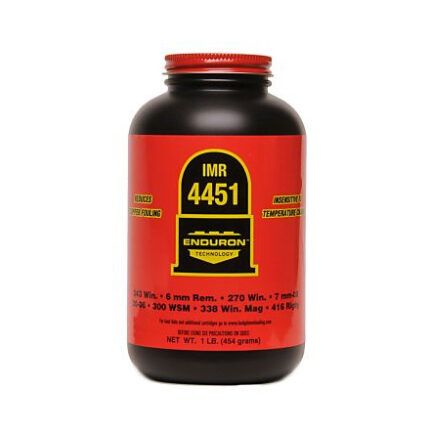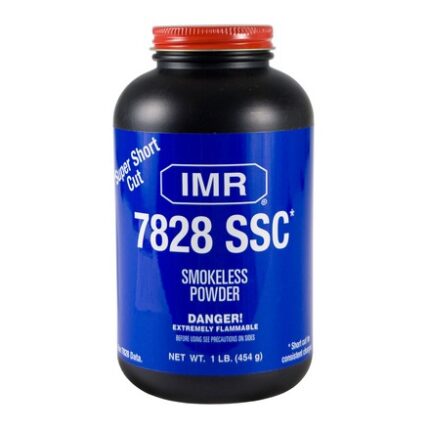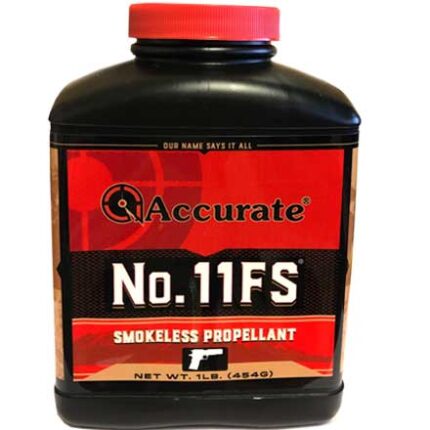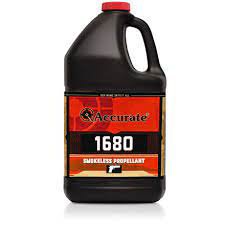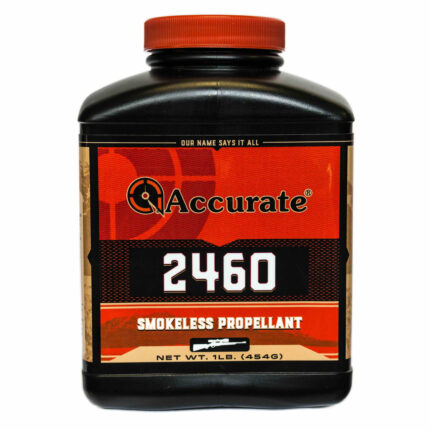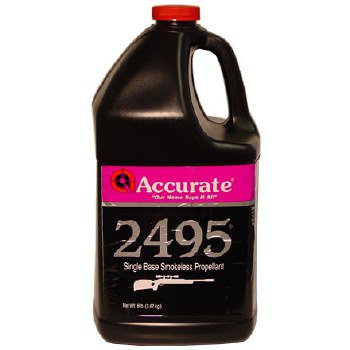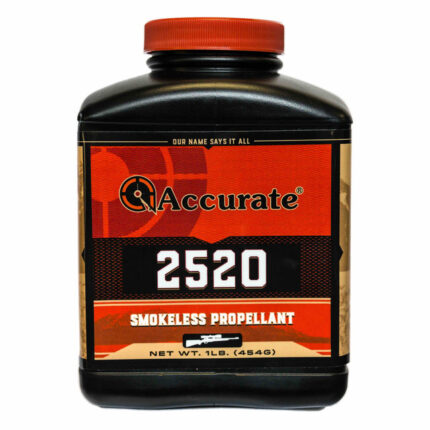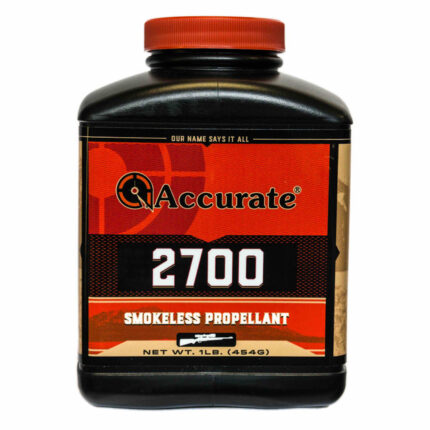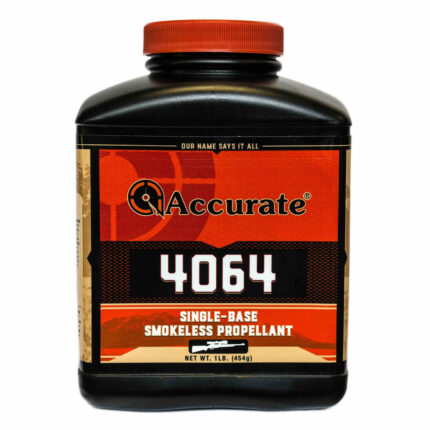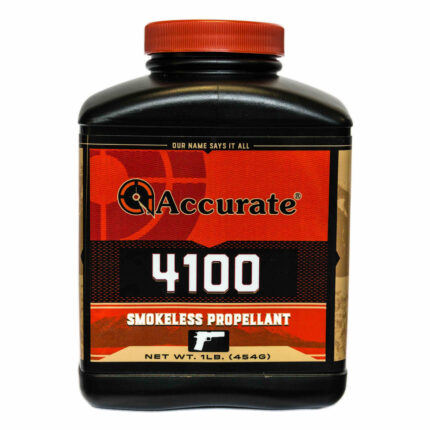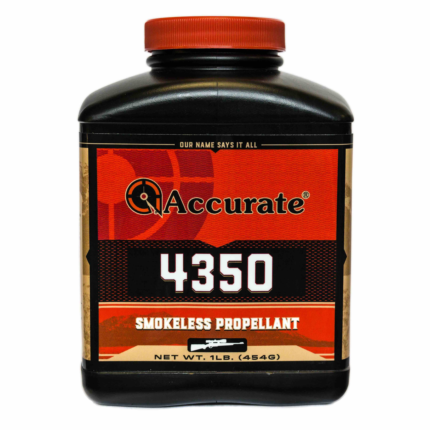<p>Shipping times vary based on your location and selected shipping method!</p>
Smokeless Powders Canada
Discover our diverse range of reloading powders from Vihtavuori, renowned for their premium quality. Our smokeless powders are categorized into three series:
- Vihtavuori N100: Traditional single base propellants tailored for rifle calibers.
- Vihtavuori N300: Porous single base gun powders meticulously crafted for precise measurement, ideal for pistol cartridges, rimfire ammunition, and shotgun shells.
- Vihtavuori N500: Special high-energy rifle propellants enriched with nitroglycerin for enhanced ballistic performance.
All our reloading powders adhere to STANAG 4170 standards and comply with REACH regulations. With an estimated shelf-life of at least 10 years when stored in original sealed containers at around 20°C/68°F and a relative humidity of 55-65%, Vihtavuori gun powders ensure long-lasting performance. For guidance on safe powder storage practices, delve into our comprehensive resources on powder storage.
What are smokeless powders?
Smokeless powders, also known as propellants, are meticulously formulated chemical blends designed to combust under controlled conditions at a consistent rate to propel a projectile from a firearm. These powders are manufactured in three primary forms:
- Thin, circular flakes or wafers
- Small cylinders
- Small spheres
Single-base smokeless powders primarily utilize nitrocellulose as their main energy source. In contrast, double-base smokeless powders, like the Vihtavuori N500 rifle powders, harness energy from both nitrocellulose and nitroglycerine to achieve optimal performance.
What happens when a smokeless powder burns?
Smokeless powders are intentionally designed to be highly flammable, igniting rapidly and vigorously without requiring external oxygen for combustion. Once heated above their ignition threshold, typically by exposure to a flame, an electrical spark, or intense heat, these powders undergo combustion, releasing a substantial amount of high-temperature gas. When burned in a confined space, such as within a firearm chamber, this gas production generates pressure within the structure.
Unlike high explosives like dynamite, smokeless powder burns steadily rather than detonating. While it shares chemical components with some explosives, smokeless powder’s controlled burning process allows for pressure regulation if the gas can dissipate or if enough space is available for expansion. When ignited in an unconfined state, smokeless powder burns inefficiently, emitting smoke and leaving residue. However, when burned under pressure in a firearm, it produces minimal smoke, little residue, and a controlled burn rate proportional to the pressure exerted.
In confined spaces, the pressure from burning smokeless powder can escalate, potentially leading to container rupture akin to an explosion. To ensure safe transportation and handling, regulatory bodies like the Department of Transportation establish stringent container specifications and conduct tests under fire conditions to evaluate the behavior of propellants in approved containers. During these tests, approved containers may release gases and powders at low pressure to prevent hazardous buildup that could result in container rupture.

